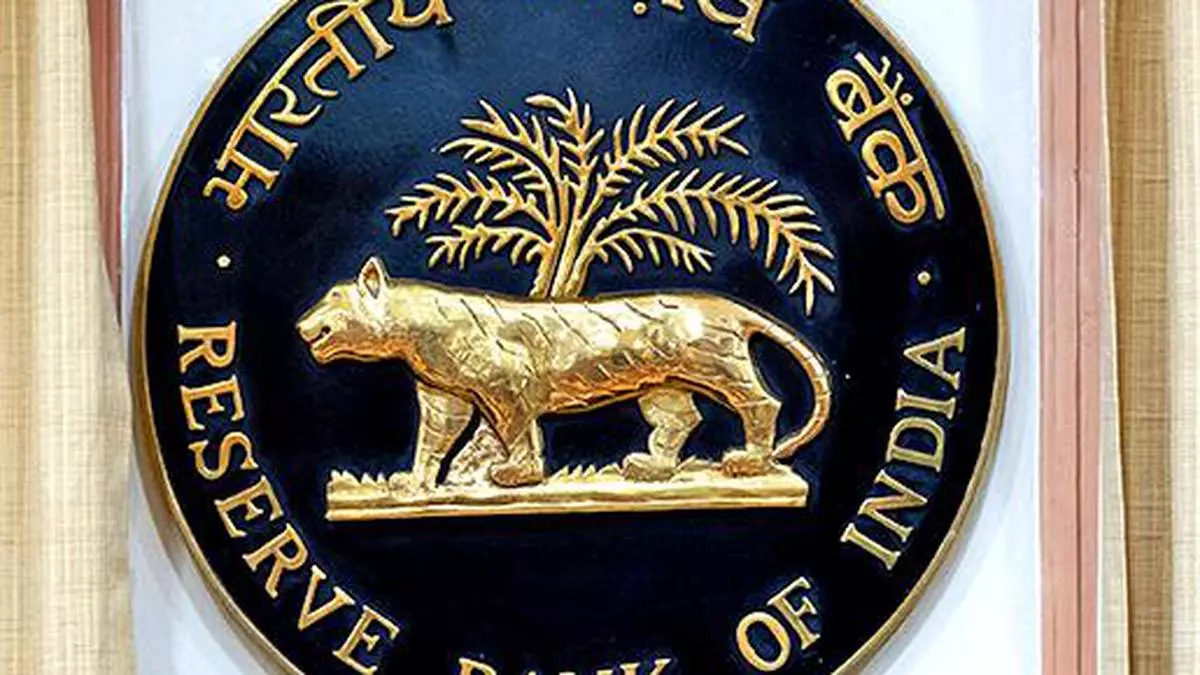Here’s what analysts say on RBI risk weight increase
The Reserve Bank of India has increased risk weight of consumption loans, credit card exposures and loans to non-bank finance companies (NBFCs) by 25 per cent (attracting 125 per cent), flagging concerns about high growth of consumer loans. The move will make consumer lending costlier for banks and non-bank lenders.
On the heels of risk weight increase, shares of SBI Cards, RBL Bank, ICICI Bank, Cholamandalam Investment and Finance Company,Bajaj Finance, and such other financial service providers are under pressure.
Karthik Srinivasan, Senior VP & Group Head – Financial Sector Ratings, ICRA Ltd, said these announcements are expected to result in higher capital requirements for the lenders and an increase in lending rate for the borrowers. “These higher lending rates by banks to non-banks could also spill over to corporate bonds by way of higher yields and widening of credit spreads for non-banks,” he added.
Analysts of Centrum Broking Ltd predicted that RBL may witness approximately an 80 bps impact due to its significant exposure in the credit card business. According to Centrum Institutional Research report, the impact of increased risk weights will likely affect Return on Equity (RoE) rather than Return on Assets (RoA) for banks.
The report mentioned that Equitas Small Finance Bank or AU Small Finance Bank (EQSFB/AUBANK) is expected to experience minimal to no impact. Correspondingly, Ujjivan Small Finance Bank and Suryoday Small Finance Bank would encounter more substantial impacts, with approximately 126 and 193 bps, respectively, owing to their individual lending business models.
Axis Capital stated that the banks could look to increase the lending rates for some products to ensure that the return on capital is not adversely imapcted.
Axis Capital estimates the CET Tier 1 capital or Common Equity Tier 1 capital (CET1) impact of risk weight increase to be 50-100 bps. Meanwhile, B & K Securities estimated that the banking system’s CRAR would decline by 80-95 bos (from 17 per ent as on March 2023).
Nuvama Institutional Equities pointed that the banks that are relatively low on capital or with high exposures are more impacted. Mentioning that Axis Bank, SBI, Kotak among most affected, the report took note of ICIC having high share of incremental unsecured loans. HDFC Bank’s outstanding share is high though incrementally growth in unsecured has slowed in the last two quarters. Federal is seeing strong growth in this segment. IndusInd is relatively safe, the report said.
Impact on NBFCs
“Among NBFCs, SBI Cards (~100% of AUM) and Bajaj Finance (~55% of standalone AUM) have meaningful exposure to unsecured/ personal credit, while other NBFCs are still in process of building this book (currently 8-10% of AUM). Consequently, we estimate CET1 impact of risk weights to be ~416/ 240 bps for SBI Cards/ BAF, while for others it will be 25-85 bps,” the report said.
Noting that most NBFCs are well-placed in terms of capital and will not require capital immediately, analysts said that they may look to raise tier II Capital if required.
However, ICRA’s Karthik Srinivasan said bank credit to NBFCs should witness an increase in their cost of funds (CoF).
In addition, researchers of Nuvama Institutional Equities said the risk weight increase is negative for the entire sector as it would increase cost of funds (CoF) for NBFCs. The report emphasised that NBFCs that are more impacted than others include SBI Cards on capital, BAF on higher exposure to credit cards and consumer durables and AB Capital, Poonawalla, CIFC due to high growth.
